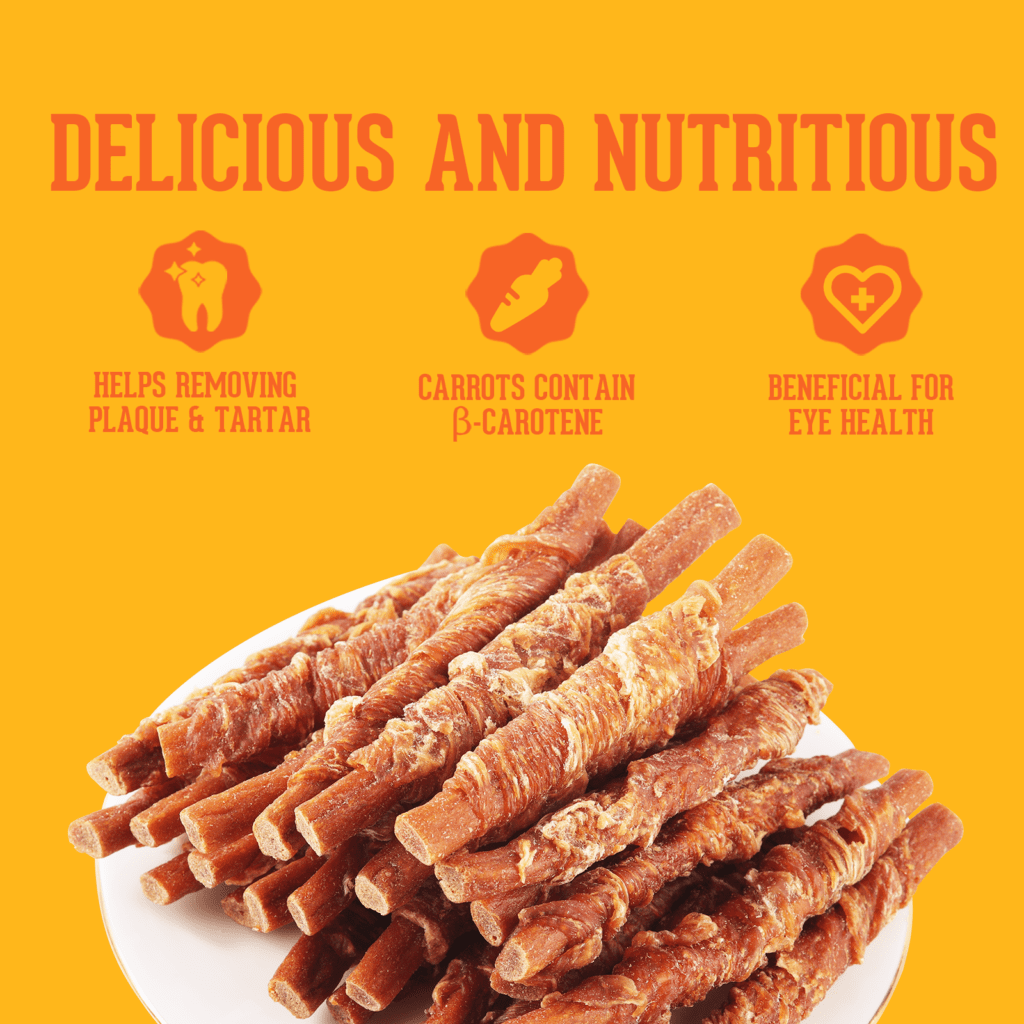Navigating the complex world of pet treat regulations can be a daunting task for wholesalers. Let’s break down the essentials to keep your business compliant and thriving.
1. Introduction
The pet treat market is booming, with a surge in demand for quality products for our furry friends. As a wholesaler, understanding the labyrinth of regulations is crucial to ensure compliance, maintain customer trust, and avoid legal pitfalls. This comprehensive guide delves into the key regulations affecting the wholesale pet treat industry, focusing on labeling requirements and safety standards.
2. The Importance of Compliance in the Pet Treat Industry
Compliance isn’t just about avoiding fines—it’s about ensuring the safety and well-being of pets, building a reputable brand, and fostering long-term relationships with retailers and consumers. Non-compliance can lead to product recalls, legal actions, and a damaged reputation.

3. Key Regulatory Bodies
Understanding who regulates the industry is the first step toward compliance.
3.1. The FDA and Pet Food Regulation
The U.S. Food and Drug Administration (FDA) oversees the regulation of animal food products, including pet treats. The FDA ensures that these products are safe, produced under sanitary conditions, contain no harmful substances, and are truthfully labeled.
Learn more about FDA regulations
3.2. AAFCO’s Role in Standardization
The Association of American Feed Control Officials (AAFCO) provides guidelines for animal feed and pet food, including model regulations for pet food labeling and ingredient definitions. While AAFCO itself doesn’t regulate, its guidelines are widely adopted by states.

4. Labeling Requirements
Proper labeling is essential for compliance and consumer transparency.
4.1. Product Identity
The product name must accurately reflect the nature of the treat. Misleading names can result in regulatory action.
4.2. Net Quantity Statement
This indicates the amount of product in the package (by weight, volume, or count) and must be placed on the principal display panel.
4.3. Ingredient List
Ingredients must be listed in descending order by weight. All components, including additives and preservatives, should be disclosed.

4.4. Nutritional Adequacy Statement
If the treat is intended to provide complete nutrition, a statement confirming its adequacy is required, typically based on AAFCO feeding trials or nutrient profiles.
4.5. Feeding Directions
Guidelines on how to properly feed the treat help ensure pet safety and prevent overfeeding.
4.6. Manufacturer’s Details
Include the name and address of the manufacturer or distributor to facilitate consumer inquiries and regulatory communication.
5. Safety Standards
Ensuring the safety of pet treats protects pets and your business.
5.1. Good Manufacturing Practices (GMP)
Adhering to GMP ensures products are consistently produced and controlled according to quality standards.

5.2. Hazard Analysis and Critical Control Points (HACCP)
Implementing HACCP involves identifying potential hazards and establishing control systems focused on prevention rather than end-product testing.
5.3. Traceability and Record-Keeping
Maintaining detailed records allows for quick action in case of recalls and demonstrates compliance during inspections.
6. Special Considerations for Freeze-Dried Treats
Freeze-dried treats, such as those offered in wholesale freeze-dried dog treats, require special attention due to their processing methods.
- Microbial Risks: Ensure that the freeze-drying process effectively reduces microbial load.
- Moisture Content: Proper packaging is essential to prevent moisture ingress, which can lead to spoilage.
Discover quality freeze-dried treats at Pack ‘n Pride
7. International Regulations for Exporters
If you plan to distribute internationally, familiarize yourself with the regulations of the destination country, which may have additional requirements.

8. Staying Updated with Regulatory Changes
Regulations can change. Subscribe to updates from the FDA and other regulatory bodies to stay informed.
- FDA Animal & Veterinary Updates: Regular updates on regulations and guidance.
- State Feed Control Officials: Contact local authorities for state-specific regulations.
9. Conclusion
Navigating the regulatory landscape is essential for success in the wholesale pet treats industry. By understanding and adhering to labeling requirements and safety standards, you protect your business, your clients, and the pets who enjoy your products.
For high-quality, compliant pet treats, consider partnering with Pack ‘n Pride, a trusted manufacturer dedicated to excellence in the pet treat industry.

